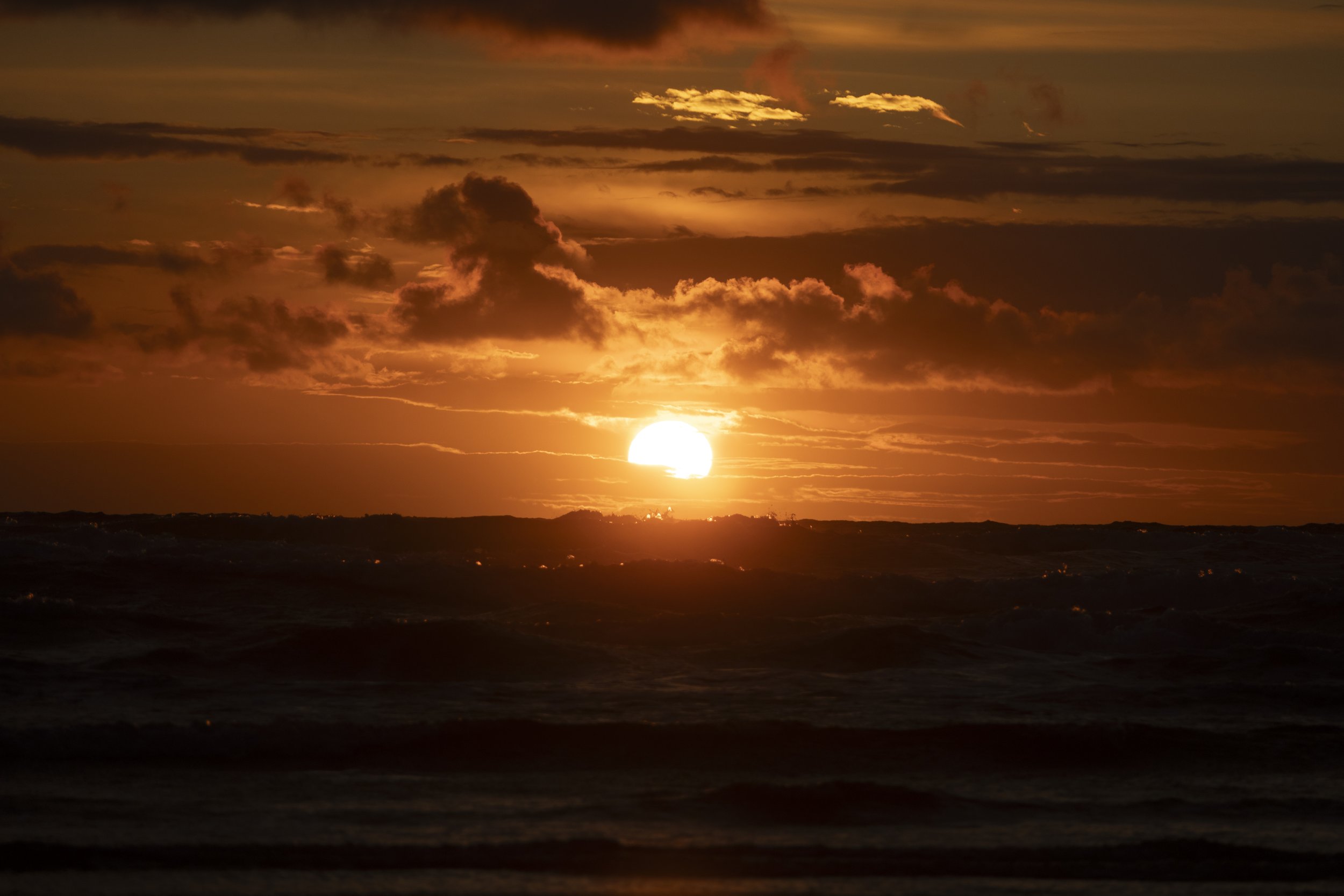How I Use Photography Within My Wildlife and Landscape Oil Paintings
This photo had me smiling for weeks!
In the quaint landscapes of Peterborough, nestled in the heart of the United Kingdom, I create oil paintings that capture the beauty of wildlife and the charm of local landscapes. Each stroke of my brush is a testament to the awe-inspiring natural world that surrounds us. It's in this that I find the inspiration for my artwork, and I owe a significant part of it to the art of photography.
Using Photography as Reference
Photography is an integral part of my creative process. It serves as both a reference and a wellspring of inspiration. When deciding on what my next artwork piece will be, I start by taking some reference photos. I try to get photos from different angles and times of day to capture the full range of light and shadow. I also pay attention to the details, such as the texture of the fur or feathers on an animal, or the way the light reflects off the leaves of a tree. When creating landscape art I usually look for contrasting colours, for example, a bright crisp blue sky against a medieval castle reflecting the golden sun. The camera becomes my companion on these journeys, capturing moments and scenes that I can later translate onto my canvases.
To coincide with this blog post I have decided to dedicate a page to it; check out my Photography page here!
These moments are fleeting, and often, I don't have the luxury of time to paint them on the spot. That's where my trusty camera comes into play. I capture the essence of these fleeting moments, preserving them as references for future artwork. With that being said, it isn’t always possible and I do rely on professional photographers to collaborate with, but I also see this as a plus - any collaborations and connections I can make - is a bonus in my eyes.
There is some fantastic inspiration around, artists such as John Banovich, Sophie Green and The David Shepherd Wildlife Foundation
Once I have a good selection of reference photos, I can start to sketch out my painting.
Don’t forget, this is all a labour of love - let that feeling draw you in, find what makes you tick.
Tips for Using Photography in Your Oil Paintings
Here are a few little pointers I have found along the way!
Take lots of reference photos. The more photos you have, the better. Try to get photos from different angles and different times of day.
Always keep your camera with you. Inspiration strikes when you least expect it. A chance encounter with a breathtaking sunset or a sudden appearance of local wildlife can be the catalyst for your next artwork. By having your camera and/or your phone with you at all times, you're prepared to capture these moments.
Don't be afraid to experiment. Don't feel like you have to copy your reference photos exactly. Use your imagination to create a painting that is unique and personal to you. Do check out my other blog post here on how to find your own style.
Be prepared for anything, especially weather. In the UK, the weather can change in the blink of an eye. As an artist who uses photography extensively, it's essential to be equipped to handle the whims of the weather. Invest in weather-resistant gear to protect your camera, and don't be deterred by a bit of rain or wind. Sometimes, these weather conditions can create the most dramatic and beautiful scenes.
But use the weather and time of day as an influence. The weather and the time of day can dramatically affect the mood and atmosphere of your photographs. Overcast skies can cast a soft, diffused light, while the golden hour before sunset bathes everything in a warm, ethereal glow. Embrace these variations and use them to your advantage. Let the weather and time of day guide your photography, and in turn, your art.
It's better to take a shot rather than miss it and wish you did. I always try to remember this! There's no harm in taking multiple shots of a scene. In the age of digital photography, storage is abundant, and you can always delete what you don't need. It's far more regrettable to miss a potentially incredible shot because you hesitated. Capture the moment, and you might just capture something extraordinary… Ooohhh sounds good doesn’t it?










